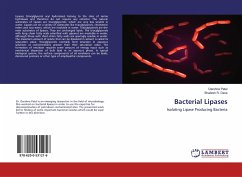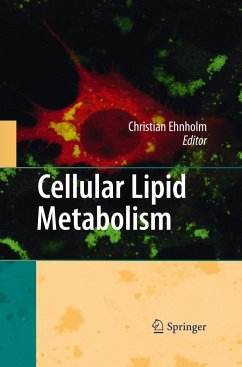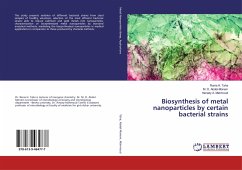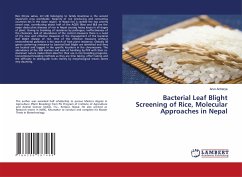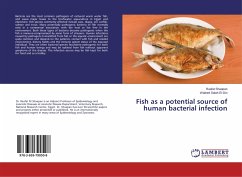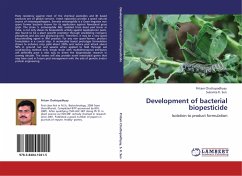Lipases (triacylglycerol acyl hydrolases) belong to the class of serine hydrolases and therefore do not require any cofactor. The natural substrates of lipases are triacylglycerols, which are very less soluble in water. Lipases act on a variety of substrates like triacylglycerols, cholesterol esters and wax esters, which are insoluble in water. Triacylglycerols are the main substrates of lipases. They are uncharged lipids. The triacylglycerols with long chain fatty acids esterified with glycerol are insoluble in water, although those with short-chain fatty acids are sparingly soluble in water. The maximum amount of solute that can be dissolved in solvent is called its saturation value. Triacylglycerols normally form emulsion in aqueous solutions at concentrations greater than their saturation value. The formation of emulsion requires some amount of energy input such as mechanical dispersion of bulk lipid in an aqueous phase. In typical biological system, the surface components ofoil emulsions can be lipids, denatured proteins or other type of amphipathic compounds.

